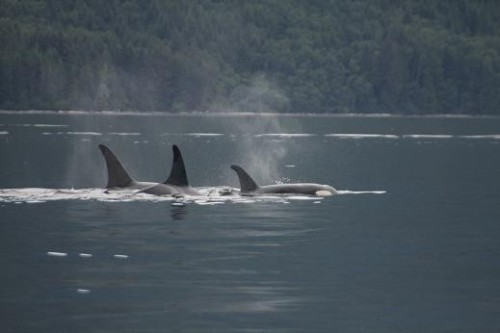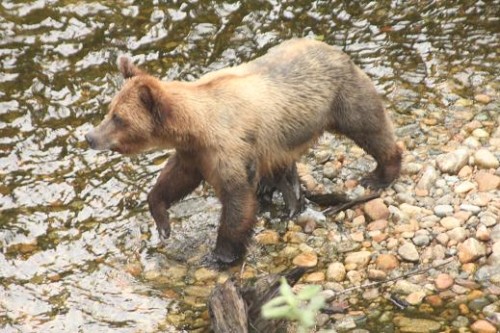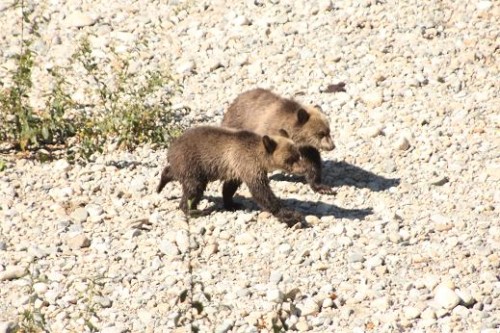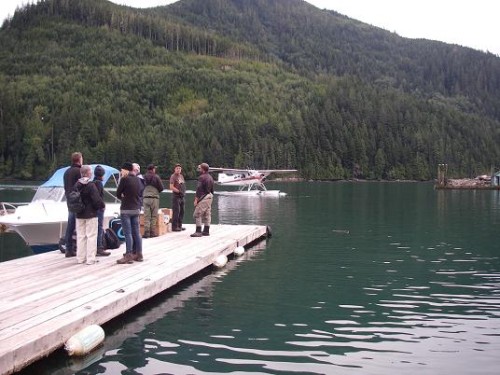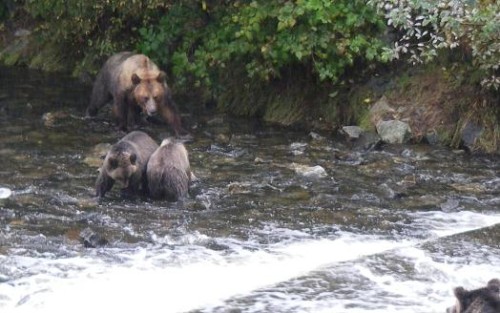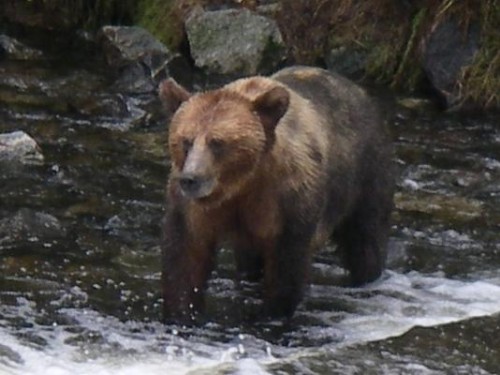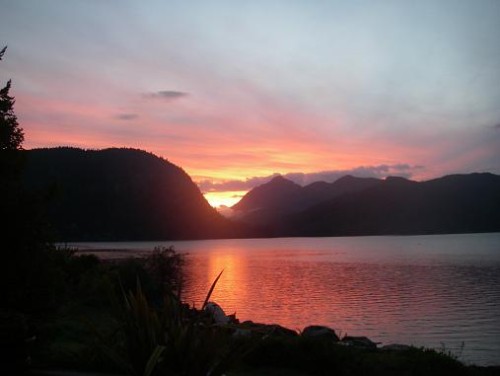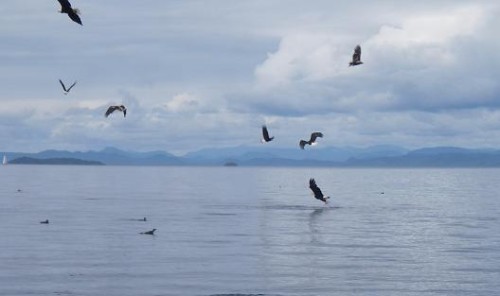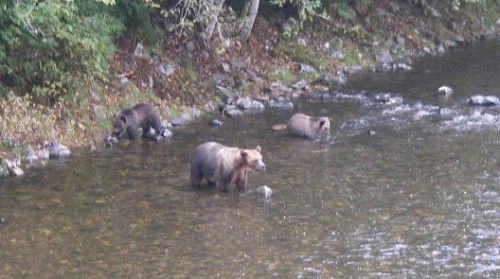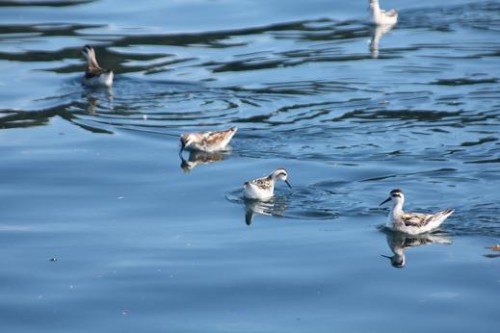
Phalaropes are the only shorebirds that regularly swim in deep water. Every year in late summer, migrating Wilson’s Phalaropes put on an amazing show as enormous flocks pass through our area. There they spin round and round in the nutrient-rich waters, creating whirlpools that stir up invertebrates that will fuel their migration to South America. The flocks of birds dart about as if following a choreographed programmed flight. And yes many of the “birders” that visit Grizzly Bear Lodge want pictures.
